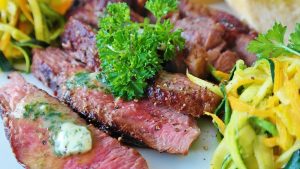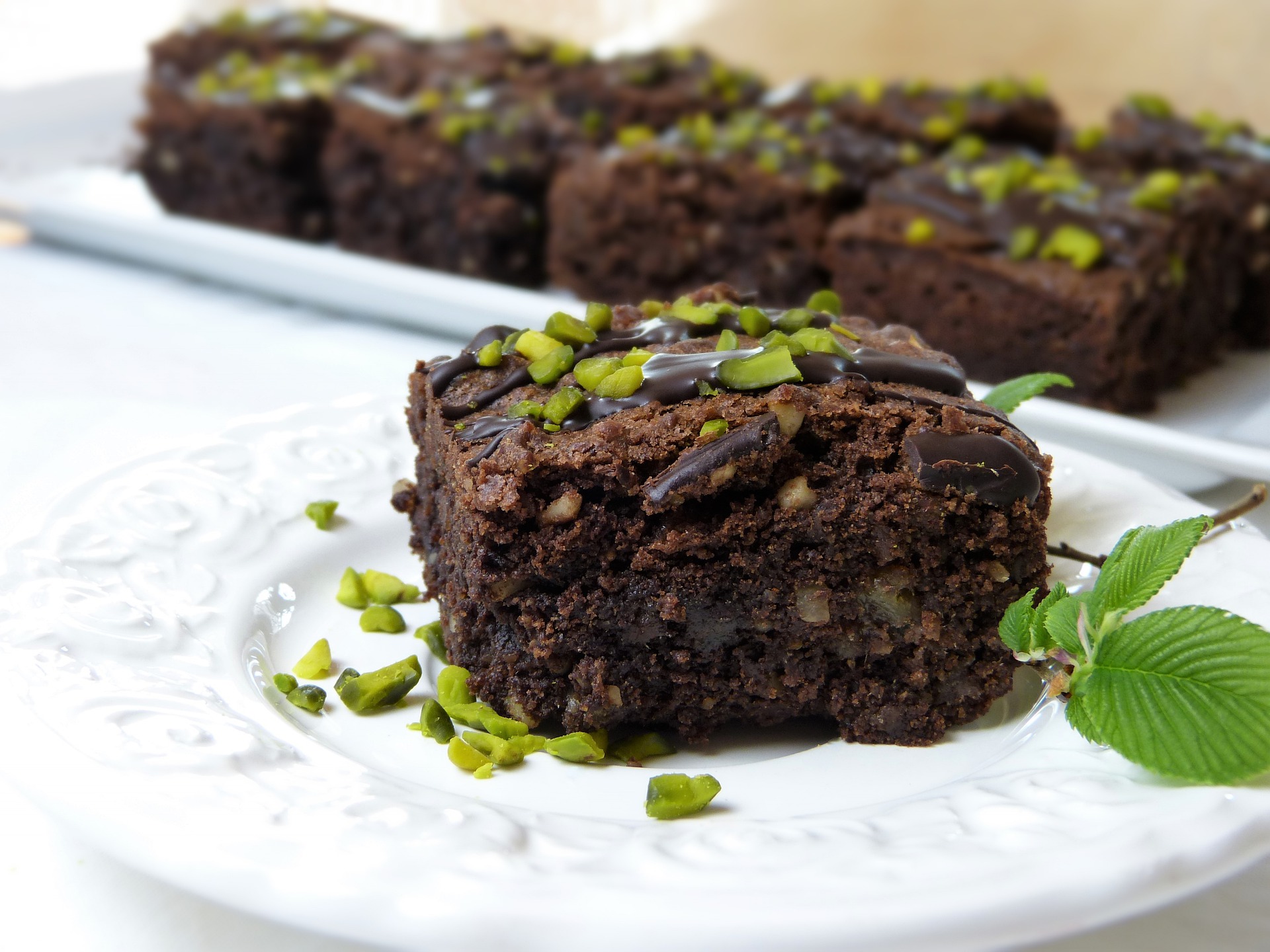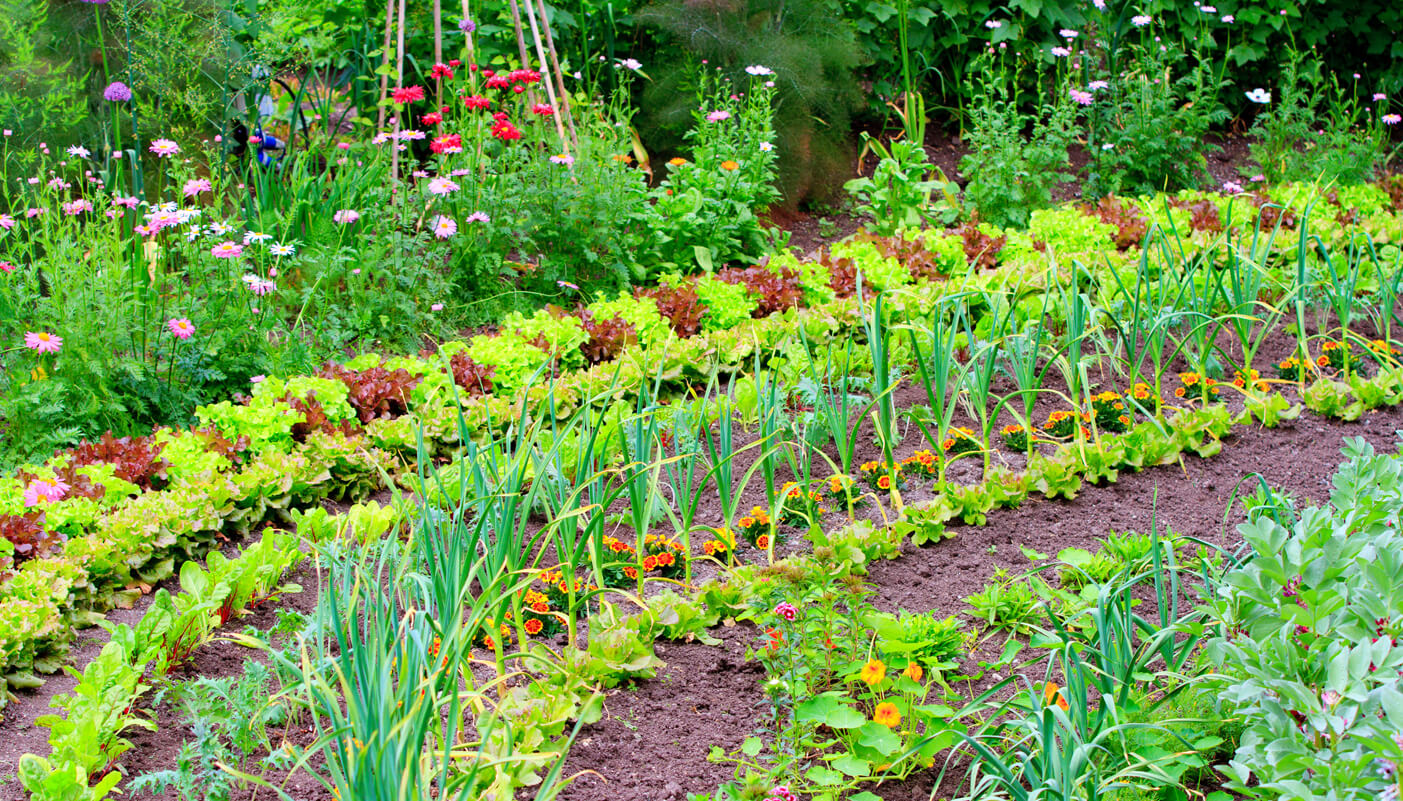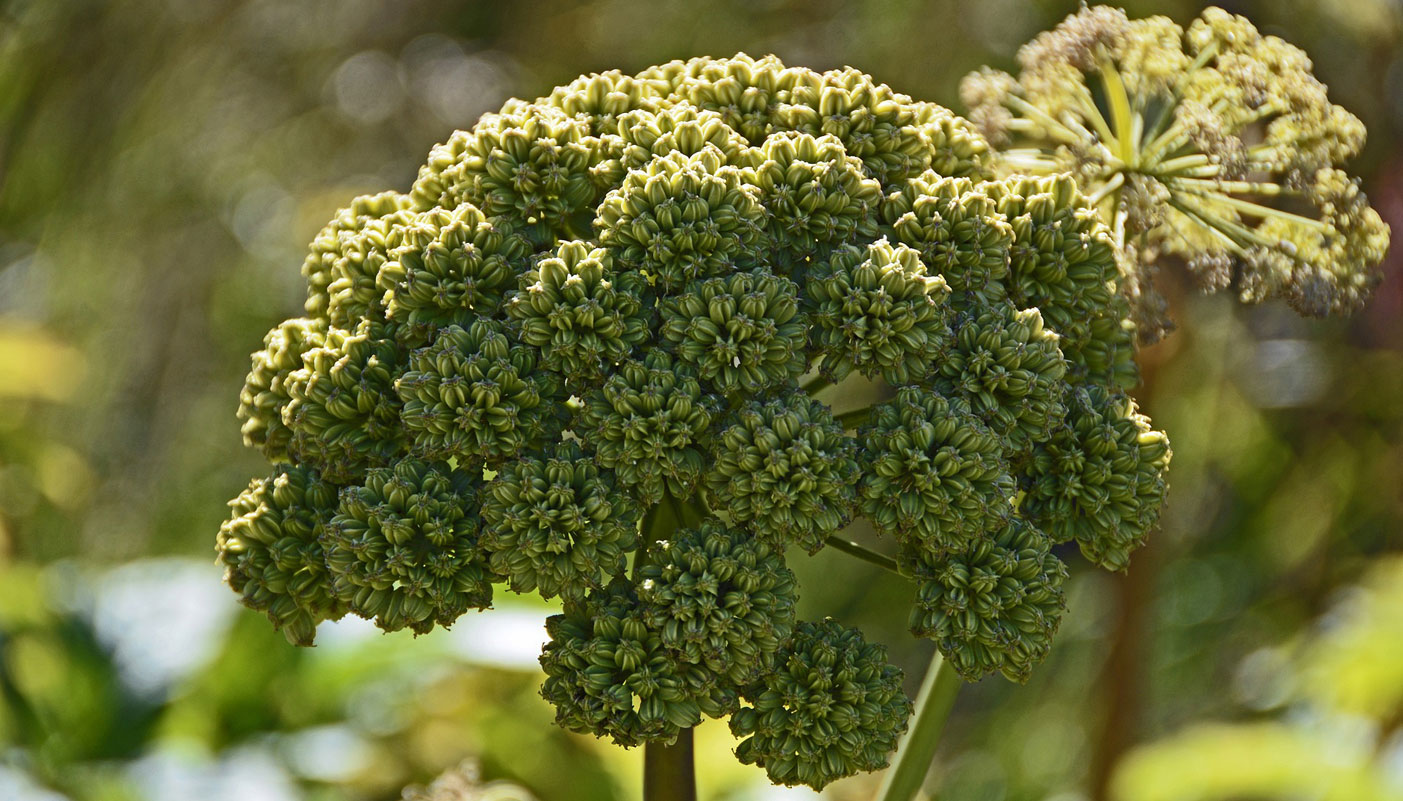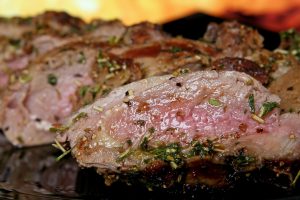
Herbs are a fantastic part of home cooking and can give you a delicious boost to the flavour of your dish. However, different meats need different seasonings to enhance the flavours of each of the ingredients.
The joy of cooking is experimenting but if you’ve found your signature recipe and enjoy it, keep doing it. If you want to shake up your meals and try something new, our herb pairing guides offer some direction on where to start. You can find our other pairing guides here.
Beef has a strong flavour and usually requires herbs and spices that can punch through. The herbs and other seasonings in your beef dishes will vary depending on the recipes that you are following. So, if you are ready to start experimenting and want to find out what herbs go with beef, keep reading.
How to Flavour Beef
Beef has a deep, rich flavour. Depending on the amount of fat present in your particular cut, the flavour will alter slightly. Beef provides the ideal base for a multitude of dishes.
The preparation of beef also changes the flavour and texture of the meat which is why it is typically recommended that you allow the beef to rest both before and after cooking. The resting period before cooking is the perfect time to marinade any seasoning into the meat.
The cooking method you use will add to the flavour of your dish. Pan-frying a steak, for example, will provide succulent meat with a slight smokey taste. However, slow cooking seasoned beef chunks will allow the beef to take on whatever flavours the stew combines.
Perfect Herb Pairings for Beef
So many herbs and spices go with beef, and how you flavour your meat will depend on your preferences. Some classic beef seasoning blends include a bbq rub or a variety of chilli rubs.
Beef goes with an extensive range of herbs, and these help to elevate the flavours of the meat. If you’re looking for a pan-frying recipe for steak, you will most likely find something involving rosemary and garlic. However, some other beef recipes include oregano, thyme, sage and tarragon.
Rosemary
Rosemary has a slightly minty, peppery taste that keeps its flavour well throughout cooking. It is perfect for seasoning steak which is being pan-fried as it doesn’t burn with butter. It pairs well with garlic and thyme. Sprigs of rosemary can be placed on top of beef as it roasts and will hold up exceptionally well throughout.
Recipe idea: Try pan-frying your steak and basting throughout with rosemary-infused butter. Simply chop your rosemary into your slightly melted butter and use a brush to baste.
Oregano
Oregano has a slightly bitter taste with herbaceous and earthy flavours. This delicious herb can be a great addition to beef stews and steak sauces. This earthy seasoning offers an aromatic flavour that you can use fresh or dried. Oregano is great when combined with rosemary and thyme, and it can form the basis of a straightforward herb rub for many types of meat.
Sage
Sage has a mint and citrus flavour, which cuts through any fatty taste that your beef has. Finely chopped Sage can be used to create a delicious herb butter as a steak seasoning or added to stews throughout cooking. Sage can be overpowering if used fresh but cooked or incorporated into dumplings, it will work well.
Thyme
Similar to rosemary, thyme is a superb addition to steak seasoning. Many chefs use this herb to add flavour during basting, in the same way as rosemary. You can also try combining different herbs to create your own beef recipe. Thyme leaves can be used fresh or dried. Thyme also works well as a bouquet garni, tied together with sprigs of rosemary, oregano and some bay leaves.
Tarragon
Tarragon is a delicious blend of bitterness and sweetness and provides a fragrant aroma which is perfect for accompanying beef. Tarragon can be paired with beef as well as with side dishes such as sauteed mushrooms to create a delicious mushroom sauce.
Tarragon is not to everyone’s taste as it gives an anise or light liquorice flavour to your dish. When combined with other herbs like thyme and rosemary, it can form a nice layer of flavour with your beef. It’s ideal in a herb rub and left to marinate overnight, and the sweetness will counter the richness of your beef.
Bay Leaves
Bay leaves are perfect in beef casseroles or stews. The leaves are sharp to the bite, so it’s best to let them steep in the juices and then remove them before serving. The robust herbaceous and piney aroma and the sharp earthiness of a bay leaf really stand up to the robust flavours of beef. Bay can be a little astringent; however, combining it with other herbs such as rosemary and thyme will help.
The best herbs for beef dishes
When cooking any type of beef dish, there are a variety of herbs that can be useful in drawing out the flavour. These herbs tend to have a citrus aroma as well as a hint of pepper. These herbs cut through any fatty flavour of beef and draw out the rich undertones from the meat.
Beef is a highly versatile meat that can be used in a huge range of dishes. The rich flavour is delicious in stews, moussaka or as a spicy Chilli Con Carne. Of course, there’s the beautiful simplicity of roast beef or a great steak.
Herby Dijon Roast Beef with Rosemary Roast Potatoes
This roast beef dish from Delicious Magazine is the perfect example of pairing herbs with beef. This herby roast beef joint served with a zingy tarragon remoulade is perfect for family lunches and special occasions.
Ingredients:
1kg small waxy potatoes, such as charlotte or jersey royals
1.2kg organic rolled beef sirloin, at room temperature
2 tbsp olive oil
2 tbsp dijon mustard
3 tbsp chopped fresh parsley
3 tbsp chopped fresh oregano
4 tbsp finely chopped fresh rosemary leaves, plus a sprig
For the remoulade:
2 medium free-range egg yolks
½ tbsp dijon mustard
250ml sunflower oil
1 tbsp crème fraîche
50g cornichons in vinegar, drained (reserve 1 tbsp vinegar), finely chopped
2 tbsp capers, drained and rinsed, finely chopped
3 tbsp finely chopped fresh tarragon
Grated zest and juice ½ lemon
Method:
- Heat the oven to 180ºC fan/gas 6. Put the potatoes in cold salted water, bring to the boil and simmer for 15-20 minutes. Drain, leave to cool a little, and then peel while still hot. Leave to cool completely.
- Heat a dry frying pan with 1 tbsp oil. Pat the beef dry, sear it on all sides, and then put on a baking tray. Season, then brush the mustard over the top and sides. Press half the herbs lightly onto the mustard, then roast for about 25 minutes for medium rare. Remove, cover with foil and rest for 10 minutes (the internal temperature after resting should be 55-60ºC; it will rise in temperature while resting).
- Meanwhile, for the remoulade, mix the yolks with the mustard and a pinch of salt. Whisk in 1 tbsp of the oil, drop by drop, until the mixture starts to thicken and emulsify, then whisk in the remaining oil in a thin trickle. Mix in the crème fraîche, cornichons, capers and cornichon vinegar. Stir in the tarragon, lemon zest and juice, then season. Cover and chill in the fridge
- Heat the remaining 1 tbsp olive oil in the pan used to sear the beef, then stir-fry the potatoes for 8-10 minutes until crisp. Add the rosemary sprig after 6 minutes. Season.
- Sprinkle the remaining herbs over the meat, then serve with the potatoes, remoulade and your favourite seasonal greens.






